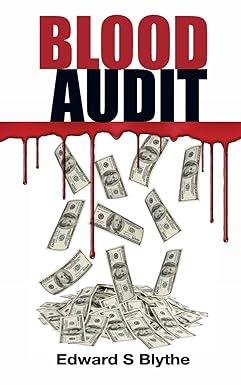Question
ABC costing might lead to... a. cutting back on high-volume products that appear unprofitable b. raising the sale price of low-volume products c. raising the
ABC costing might lead to...
a. cutting back on high-volume products that appear unprofitable
b. raising the sale price of low-volume products
c. raising the sale price of high-volume products
d. expanding low-volume products that appear profitable
Which of the following is not likely to be a cost driver of activities associated with determining product cost?
a. number of product inspections
b. number of material requisitions
c. number of production orders
d. number of cost accountants labor hours
Which of the following is most likely to be the cost driver for the packaging and shipping activity?
a. number of setups
b. hours of testing
c. number of units produced
d. number of orders
Which of the following statements is true regarding activity-based costing systems?
a. are less complex and therefore less costly than traditional systems
b. accumulate overhead costs by departments
c. can be used in manufacturing firms only
d. have separate indirect cost allocation rates for each activity
Which of the following describes how, in ABC, the activity allocation rate is computed?
a. as the estimated quantity of allocation base times the estimated total indirect cost of the activity
b. as the estimated quantity of allocation base divided by the estimated total indirect cost of the activity
c. as the estimated total indirect cost of the activity divided by the estimated total quantity of cost allocation base
d. as the estimated quantity of allocation base less the estimated total indirect cost of the activity
Which of the following is a required step in an ABC system?
a. allocate the costs to the activities
b. compute the cost allocation rate for each activity
c. estimate the total direct costs of each activity
d. estimate the total quantity of each cost
When calculating a departmental overhead rate, the numerator should be the:
a. total estimated amount of manufacturing overhead for the factory.
b. total estimated departmental overhead cost pool.
c. total estimated amount of the departmental allocation base.
d. actual quantity of the departmental allocation base used by the job.
Step by Step Solution
There are 3 Steps involved in it
Step: 1

Get Instant Access to Expert-Tailored Solutions
See step-by-step solutions with expert insights and AI powered tools for academic success
Step: 2

Step: 3

Ace Your Homework with AI
Get the answers you need in no time with our AI-driven, step-by-step assistance
Get Started


